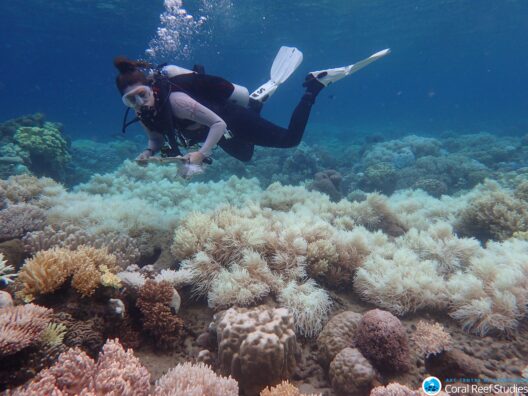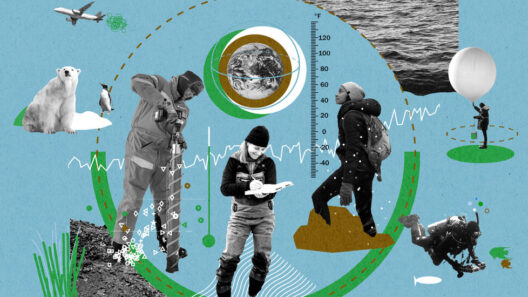The phenomenon of climate refugees is fast becoming a central issue in global humanitarian discourse. As the effects of climate change become increasingly undeniable, the displacement of populations due to environmental factors is rising dramatically. This plight creates a nexus of humanitarian, environmental, and geopolitical challenges that require immediate attention and action.
Historically, refugees have been primarily categorized based on conflict-induced displacement. However, the evolving landscape engendered by climate-related disasters presents a new archetype of refugees—those who must flee their homes due to environmental degradation, extreme weather events, or changes in ecosystems. The United Nations defines climate refugees as individuals who are forced to leave their habitual residences because of sudden or gradual environmental changes adversely affecting their livelihoods, safety, or well-being.
The time-honored belief that human migration is driven solely by socio-economic or political factors is being upended by the undeniable reality that climate change acts as a ‘threat multiplier.’ This term refers to the exacerbating impact of climate change on existing vulnerabilities, including poverty and social inequality. Regions such as sub-Saharan Africa, Southeast Asia, and small island nations are particularly susceptible, where a confluence of rising sea levels, increased frequency of natural disasters, and diminishing resources precipitates mass displacement.
Extreme weather events—like hurricanes, floods, and droughts—are now seen as significant catalysts for displacement. In 2020 alone, over 30 million people were displaced by climate-related disasters globally. Regions prone to such calamities, like the Caribbean and the Horn of Africa, are experiencing increased migration. The destruction wreaked by catastrophic events leaves no option for many, forcing families to undertake perilous journeys in search of safety and stability.
Moreover, gradual environmental degradation plays a consequential role in generating climate refugees. Processes such as desertification and erosion undermine agricultural viability, particularly in communities that depend on subsistence farming. Agricultural failure not only threatens food security but also instigates socio-economic decline, prompting mass migrations away from affected zones. Adverse environmental changes can have a ripple effect, leading to increased competition for scarce resources and potential conflicts as displaced populations seek refuge.
Small island nations such as Tuvalu and the Maldives are particularly emblematic cases, as these regions face existential threats from rising sea levels. Current projections estimate that entire nations could become uninhabitable within a few decades. The concept of “environmental evaporation” raises significant legal and ethical concerns regarding the rights and statuses of populations who may have nowhere to go. These scenarios highlight the importance of international law and policy in addressing the complexities associated with climate-induced displacement.
Furthermore, it must be recognized that climate refugees are not merely victims of a crisis; they often possess unique resilience and adaptive capacities. The concept of agency is critical in discussions surrounding climate migration. Many individuals and communities are not passive actors but are engaged in proactive strategies to mitigate their vulnerabilities. Initiatives can include pursuing alternative livelihoods, fostering community resilience, and implementing sustainable practices aimed at adapting to their changing environments.
As the discourse on climate refugees unfolds, there is an essential need for a multifaceted response that incorporates humanitarian, political, and environmental considerations. Policy responses must evolve to transcend traditional paradigms and recognize climate-induced migration as a distinct phenomenon. This shift requires collaboration across multiple sectors, including governments, NGOs, and international organizations, to devise holistic frameworks that address the complexities of displacement.
Education and public awareness play pivotal roles in shaping attitudes toward climate refugees. Misinformation and xenophobia can fuel societal divisions, complicating the response to migration. Emphasizing the shared humanity and resilience of those affected can cultivate empathy and galvanize support for policies aimed at protecting these individuals. Educational initiatives can help foster an understanding of the systemic drivers of climate displacement, encouraging community involvement in finding solutions.
In tandem with awareness and education, legal frameworks must also adapt. Current international laws and protections do not adequately address the nuances of climate-induced displacement. Any treaty or legislation aimed at protecting climate refugees must account for the unique circumstances they face. Mechanisms to provide refuge and support for displaced populations will be vital to confronting the challenges posed by climate change.
Looking to the future, the rise of climate refugees presents an urgent call to action for nations. Governments and international bodies must bolster their efforts to combat climate change and address its ramifications through collaborative initiatives. Mitigating greenhouse gas emissions, investing in renewable energy, and supporting sustainable development can alleviate the conditions that precipitate climate displacement.
Ultimately, the rise of climate refugees underscores the inextricable link between environmental issues and human rights. Addressing the plight of individuals displaced by climate-related factors is not just an act of compassion; it is a moral imperative that requires fortified political will and collective action. A world united in recognizing and supporting climate refugees is not only essential for their survival but also for the sustainability of our shared future.








